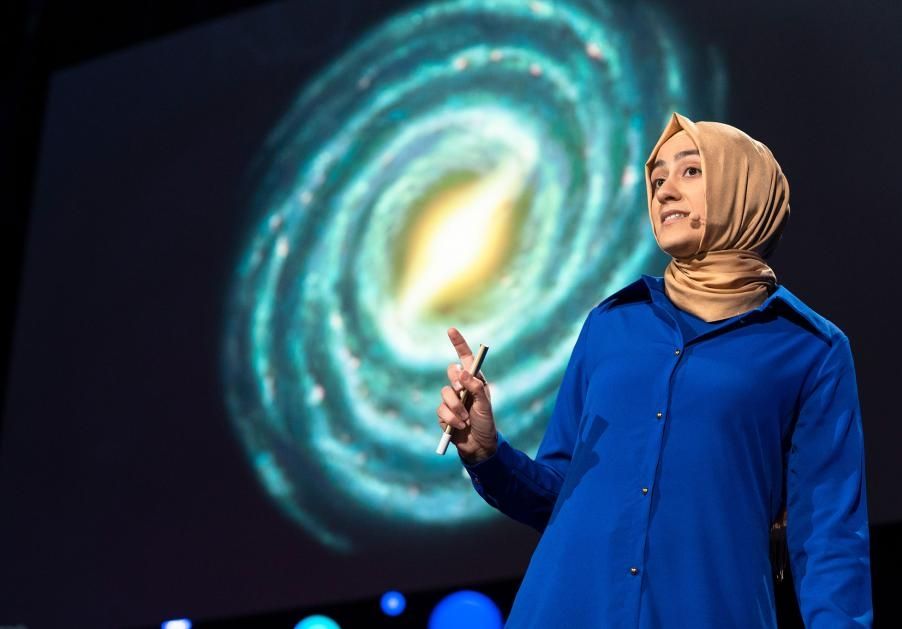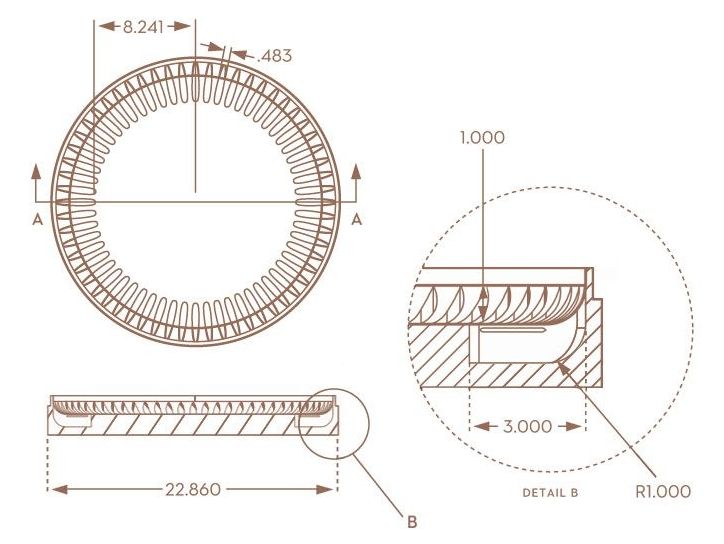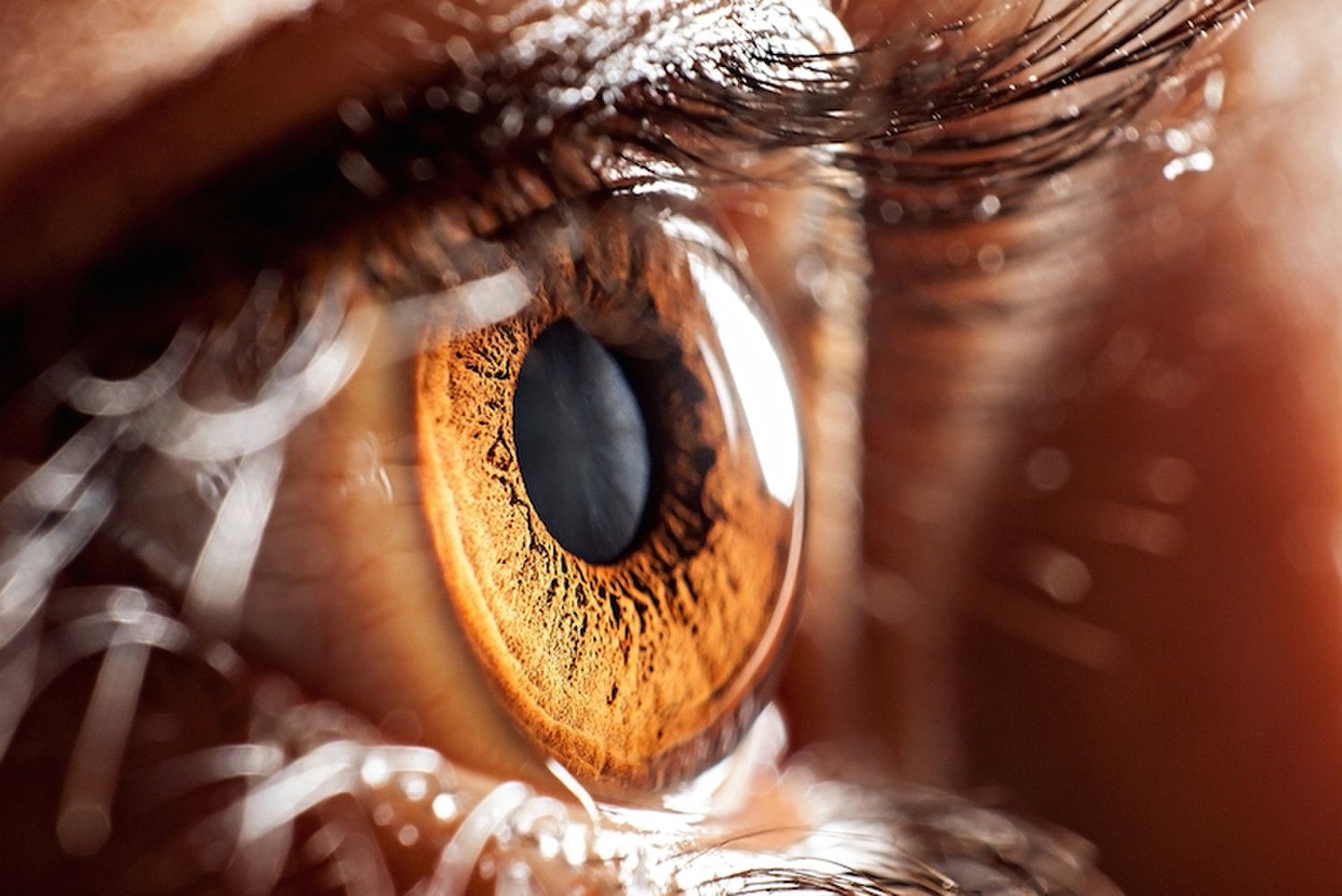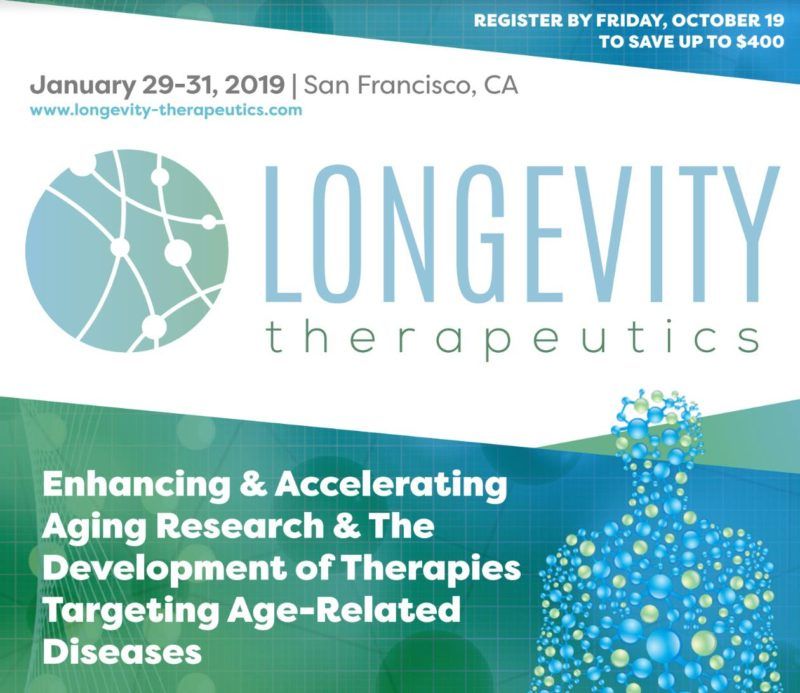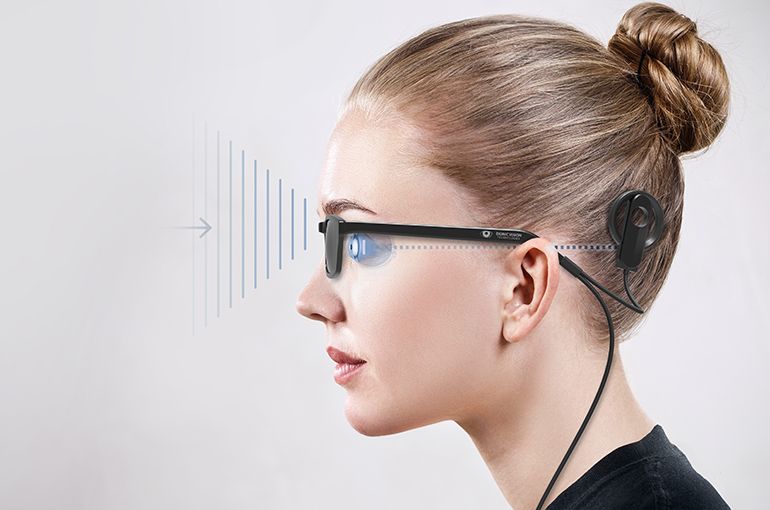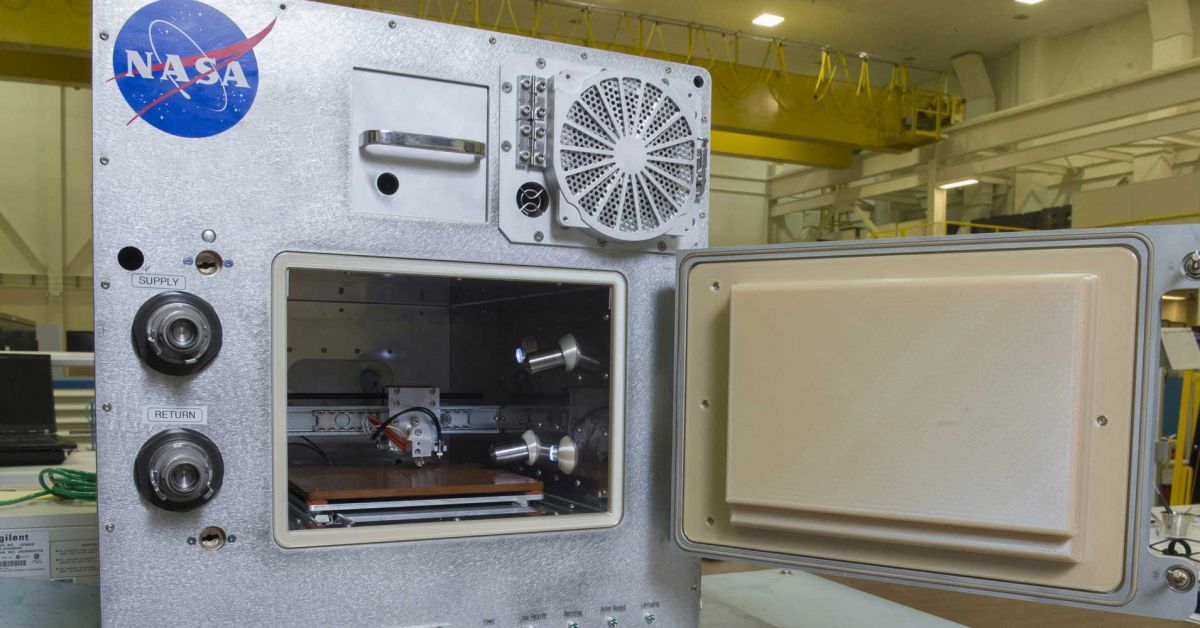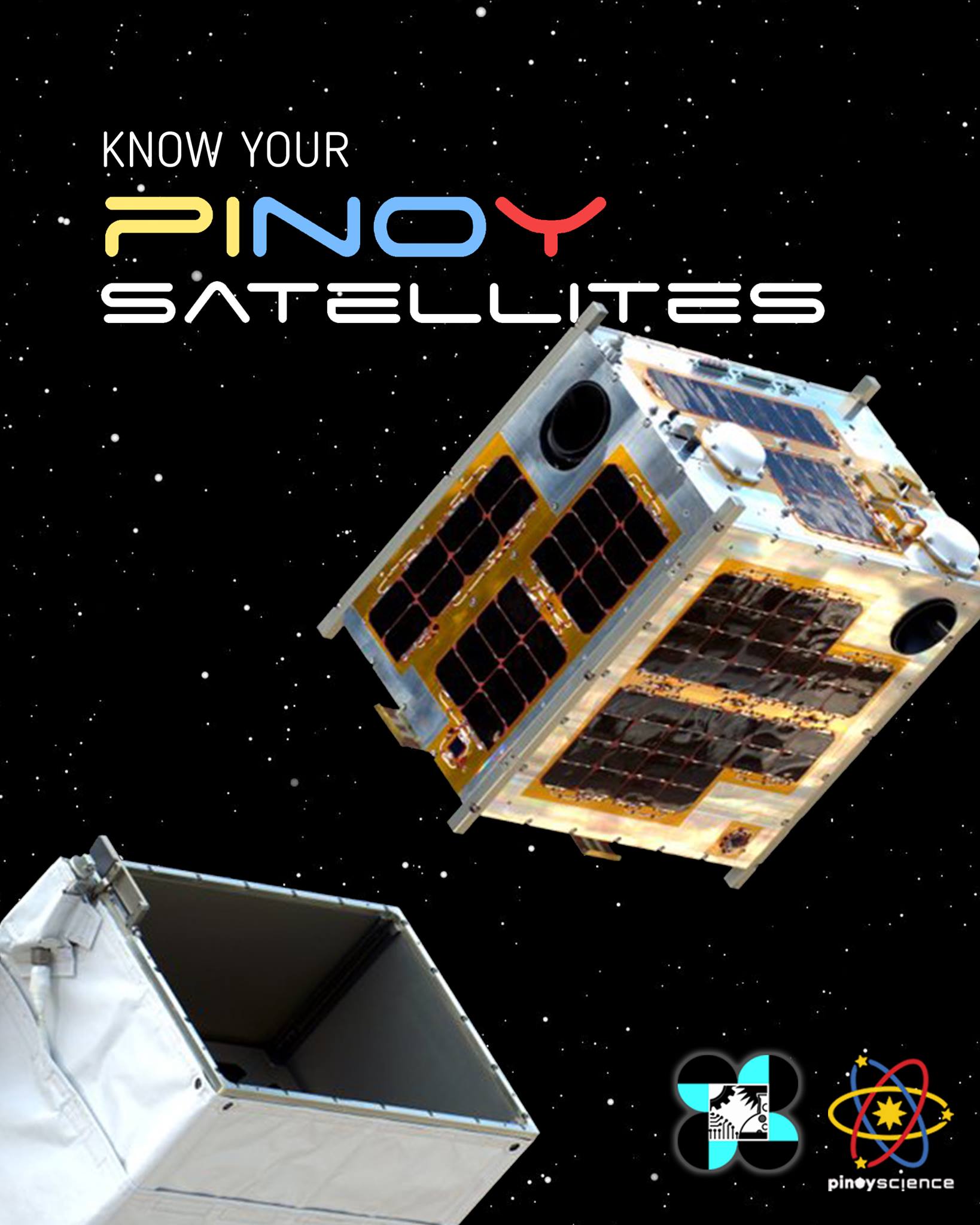Turkish-born astrophysicist Burçin Mutlu-Pakdil shares her name with a rare double ring of stars more than 350 light-years away.
We wanted to bring your attention to a recent publication that discusses the topic of cellular senescence and the contributions of senescent cells to aging and disease [1].
What is perhaps the most interesting part of this paper is the section covering the potential future directions that researchers may take in managing senescent cell populations in order to mitigate age-related disease.
The author writes not only about the direct destruction of senescent cells via senolytic drugs but also about the modulation of the harmful secretions these cells produce, which are called the senescence-associated secretory phenotype (SASP).
Every action creates an equal and opposite reaction. It’s perhaps the best known law of physics, and Guido Fetta thinks he’s found a way around it.
According to classical physics, in order for something—like a spaceship—to move, conservation of momentum requires that it has to exert a force on something else. A person in roller skates, for example, pushes off against a wall; a rocket accelerates upward by propelling high-velocity combusted fuel downward. In practice, this means that space vessels like satellites and space stations have to carry up to half their weight in propellant just to stay in orbit. That bulks up their cost and reduces their useful lifetime.
People with the rare and fatal brain disorder Creutzfeldt-Jakob disease (CJD) show signs of the disease in their eyes, according to a new study.
The study found evidence of prions — the infectious proteins that cause the disease — in the eyes of nearly a dozen patients with CJD.
The findings suggest that patients’ eyes could potentially provide a “window” to the brain that may help researchers diagnose the disease early, if new eye tests are developed. [’Eye’ Can’t Look: 9 Eyeball Injuries That Will Make You Squirm].
On January 29–31, 2019, the Longevity Therapeutics Summit is happening at the Argonaut Hotel in San Francisco, California. The conference is a great networking opportunity with some leading names in aging research giving talks during the event.
This will be a two-day conference plus a pre-conference workshop hosted by our good friend Kelsey Moody from Ichor Therapeutics. During the workshop, Kelsey will be giving his personal insights into launching and developing a successful biotech company, particularly the challenges faced in the field of rejuvenation biotechnology. This is sure to be a highly informative workshop and well worth your time, especially if you are interested in launching your own company in this field, but even if you are not, it may still prove interesting to learn about this challenging industry.
This conference aims at bringing together leading figures in biology, biotechnology, omics, investment, and other fields in order to discuss how to further accelerate progress in aging research so that the time between basic research and clinical use is as short as possible.
Bionic Vision Technologies, a firm based in Australia, has announced that its bionic eye system has been used to restore a “sense of sight” to four completely blind people suffering from retinitis pigmentosa. The findings from the study, which was performed at Royal Victorian Eye and Ear Hospital in Melbourne, were presented at the Royal Australian and New Zealand College of Ophthalmologists Scientific meeting.
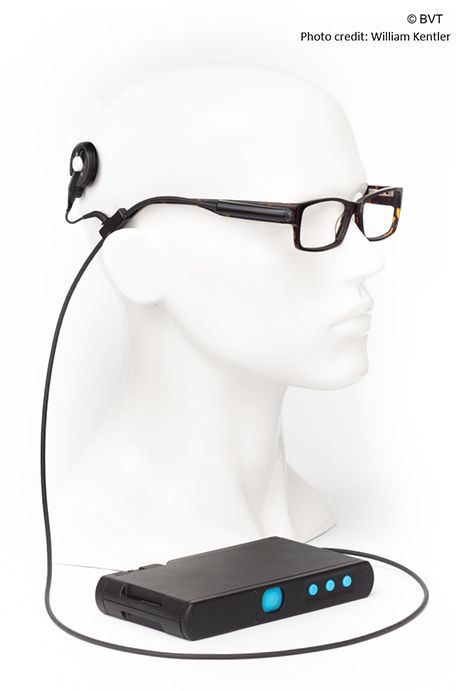
Unlike previous studies of the technology that were limited to in-lab use, the four patients were able to use the system in their everyday environments.
The company will have to wrestle more seriously with ethical questions as it expands into new industries and countries. These include Japan, where it’s making road-tracking software to help steer driverless Hondas, and the U.S., where its New Jersey health lab is developing cancer detection software. It’s also working to bring interactive games to livestreamers in Southeast Asia, teaming up with the popular app Bigo.
SenseTime, the world’s most valuable AI startup, aims to bring its smarter-cameras-everywhere model, well, everywhere.
